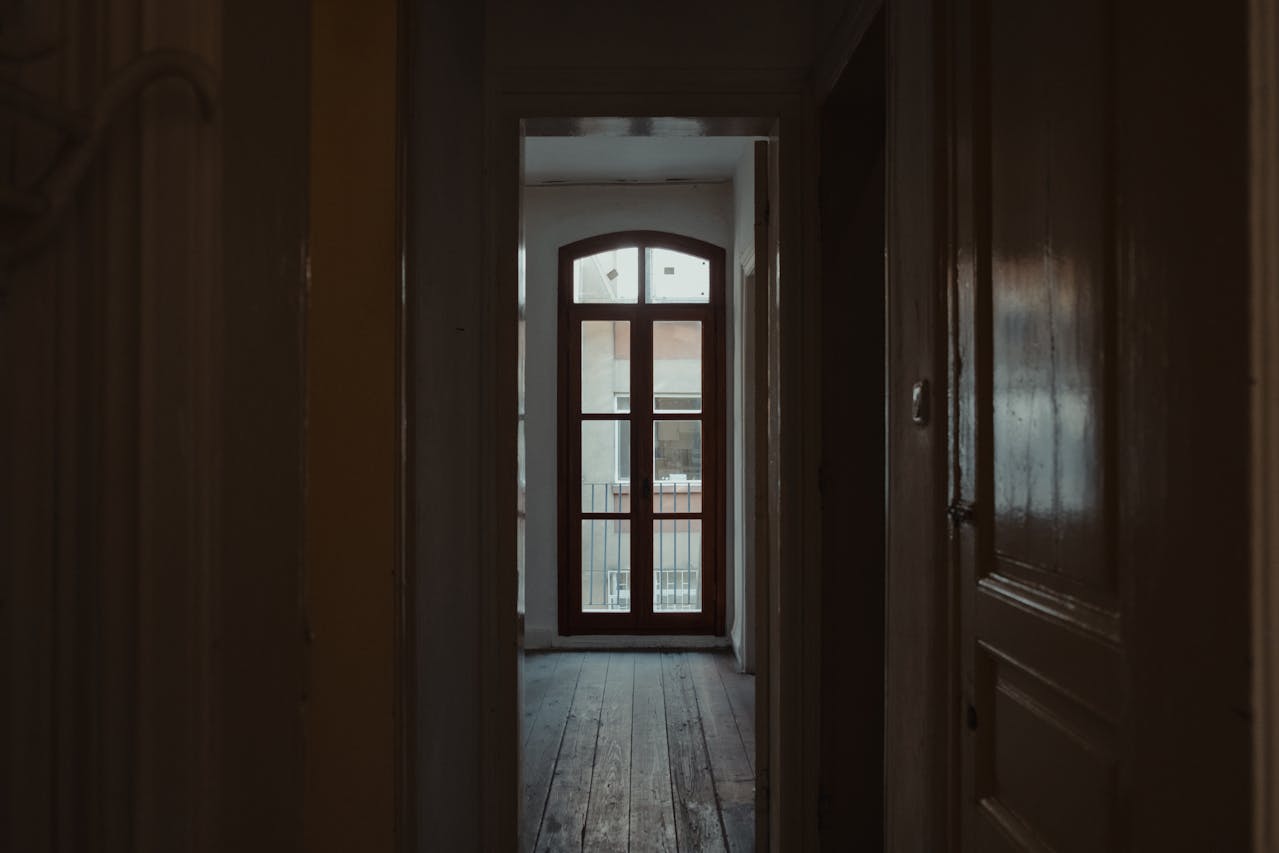In order to obtain a divorce in Ontario, a former couple must establish that there has been a “breakdown of the marriage”. This can be done in one of three ways:
- Separation;
- Adultery;
- Physical or mental cruelty.
In most cases, separation is the initial step that is taken on the path to eventual divorce. To obtain a divorce based on a separation, the former couple must establish that they have lived “separate and apart” for at least one year.
The simplest way to establish that a couple has lived separate and apart is for one of the parties to physically leave the family home and live elsewhere. However, with rising housing prices, the desire of some former spouses to continue to co-parent effectively, and other modern realities mean that not all couples can, or want to, live in separate homes. In some circumstances, separated spouses can continue to live under the same roof but still meet the criteria for living “separate and apart”.
Establishing Living Separate and Apart
In order to determine whether a couple has been living separate and apart, courts will look at the particular circumstances of their arrangement. The evidence that the parties are separated must be convincing, and must include the intention of ending the marriage, as well as evidence of ending the day-to-day things that make up a marriage.
Oswell v. Oswell was the first case in which an Ontario court set out a list of factors that courts will evaluate when determining whether two former spouses who live under the same roof are living separate and apart:
- Has there been a physical separation of the parties notwithstanding that they remained within the same home?
- Has one or both spouses withdrawn from the matrimonial obligation with the intent of repudiating the matrimonial relationship?
- Has there been a continuing sexual relationship?
- Has there been ongoing discussion between the spouses of family problems, have they attended social activities together, and have they maintained the same meal pattern?
- Have there been changes in the performance of household tasks?
- Are there indicia of a spouse’s true intent as opposed to a spouse’s stated intent?
- Has a spouse made plans for his or her assets as a separated spouse?
- Any other relevant factor.
It is not necessary to establish all of the above, and no single factor is determinative. Indeed, other cases indicate that:
In determining whether a marriage exists the court must give greater weight to those matters that should be peculiar to a husband and wife relationship, i.e., sexual relations, joint social ventures, communication and discussion of family problems, etc., than to the performance or non-performance by the wife, for example, of meal preparation and laundering, tasks that can be done by any maid or housekeeper.
Reconciliation During the Period of Separation
Under the Divorce Act, separated couples are permitted to attempt to reconcile during their one-year separation period. The Act provides for a 90-day period during which the couple may resume living together under one roof, or sharing their lives if they remained under the same roof, for reconciliation purposes. This period of reconciliation will not stop and reset the clock on the one-year separation period necessary for divorce. This allows couples to attempt to repair their marriage without delaying their divorce should they ultimately choose to end the relationship after all.
If you have questions about separation, divorce, or about the logistics of living together but separate under the same roof contact contact experienced Windsor family lawyer Jason P. Howie, online or at 519.973.1500.
 ">
">


